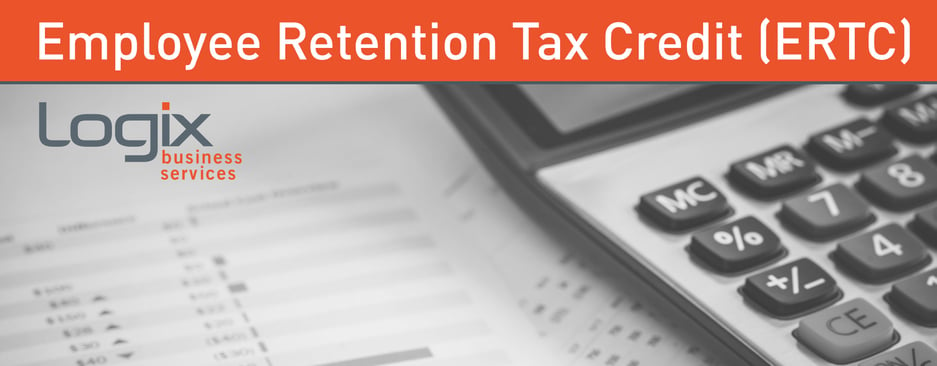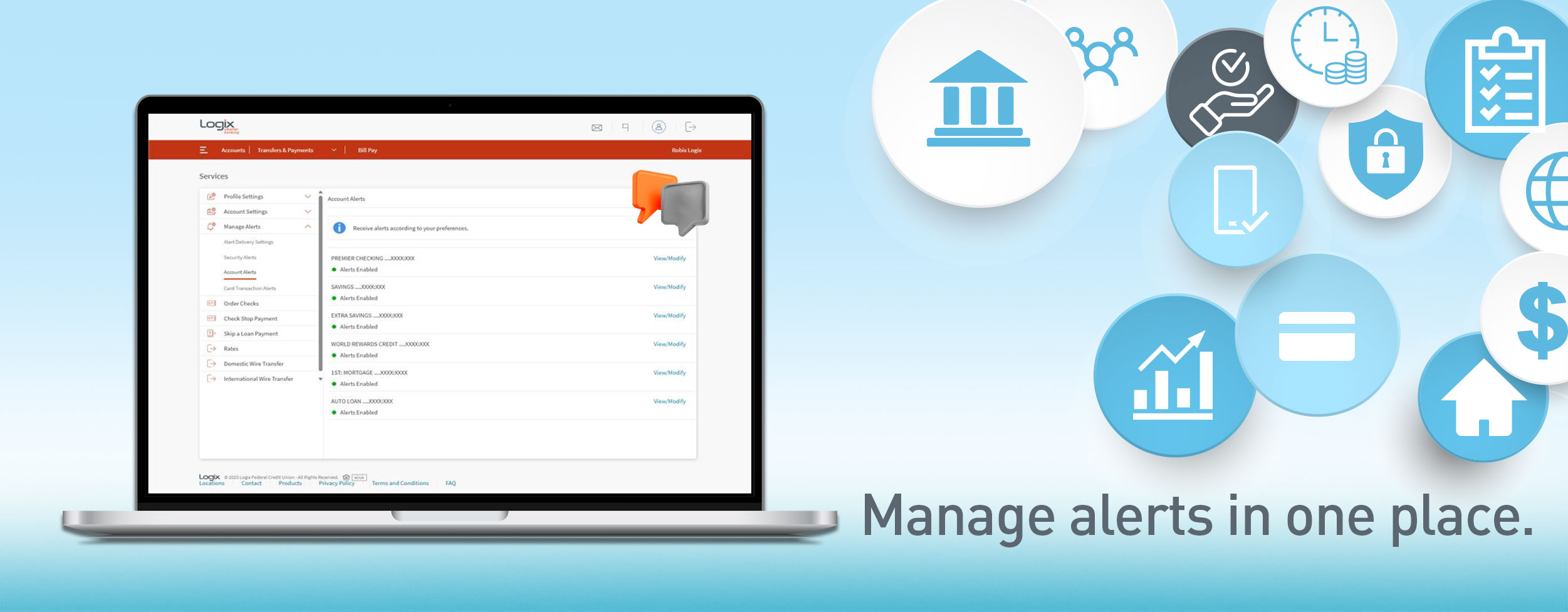
The ERTC is a refundable credit that businesses can claim on qualified wages, including certain health insurance costs, paid to employees. The qualifying amount of the claim could be impacted by the laws that were in place at the time wages were paid, including:
• Coronavirus Aid, Relief, and Economic Security (CARES) Act – 2020 - For employers who qualify, including borrowers who took a loan under the initial PPP, the credit can be claimed against 50 percent of qualified wages paid, up to $10,000 per employee annually for wages paid between March 13 and Dec. 31, 2020.
• Consolidated Appropriations Act – 2021 -Employers who qualify, including PPP recipients, can claim a credit against 70% of qualified wages paid. Additionally, the amount of wages that qualifies for the credit is now $10,000 per employee per quarter.
• American Rescue Plan Act – 2021 - The credit remains at 70% of qualified wages up to a $10,000 limit per quarter so a maximum of $7,000 per employee per quarter. An employer could claim $7,000 per quarter per employee through the first three quarters of 2021 after the passage of the Infrastructure Investment and Jobs Act changed the end date of the program for most businesses. However, Recovery Startup Businesses (RSBs) were eligible through the end of 2021. They could be eligible to take a credit of up to $50,000 for the third and fourth quarters of 2021.
How Does a Business Claim the Employee Retention Tax Credit Retroactively?
In order to claim the credit for past quarters, employers must file Form 941-X, Adjusted Employer’s Quarterly Federal Tax Return or Claim for Refund, for the applicable quarter(s) in which the qualified wages were paid.
What Employers Qualify for the Employee Retention Credit?
Most employers with partial/full suspension of operations or decline in gross receipts, including colleges, universities, hospitals and 501(c) organizations following the enactment of the American Rescue Plan Act, could qualify for the credit. To qualify as a Recovery Startup Business, one must:
- Have begun carrying on trade or business after Feb. 15, 2020
- Have annual gross receipts that do not exceed $1 million
- Not be eligible for the ERTC under the other two categories, partial/full suspension of operations or decline in gross receipts
If an eligible employer uses a Professional Employer Organization (PEO) or Certified Professional Employer Organization (CPEO), the retention credit is reported on the PEO/CPEO aggregate Form 941 and Schedule R.
Are Owner/Spouse Wages Included in Qualified Wages?
Notice 2021-49 clarified that attribution rules must be applied to assess whether the owner or spouse’s wages can be included for the ERTC. Essentially, if they are considered a majority owner, then their wages are not qualified wages for ERTC.
What is the Interaction with Other Credits and Funding Sources?
- There is no double-dipping for credits. Employers who take the employee retention credit cannot take credit on those same qualified wages for paid family medical leave.
- If an employee is included for the Work Opportunity Tax Credit, they may not be included for the employee retention credit.
If you have questions or need more information about ERTC, please contact the Logix Business Services Department at (877) 984-5328 for support.
------------------------------
This material is intended as a high-level summary for informational purposes only from the IRS web resources related to Employee Retention Tax Credit topics, and not intended to provide tax advice. Please consult your financial, tax, or legal advisor regarding your unique situation.


%20(952%20x%20317%20px)-2.png)








